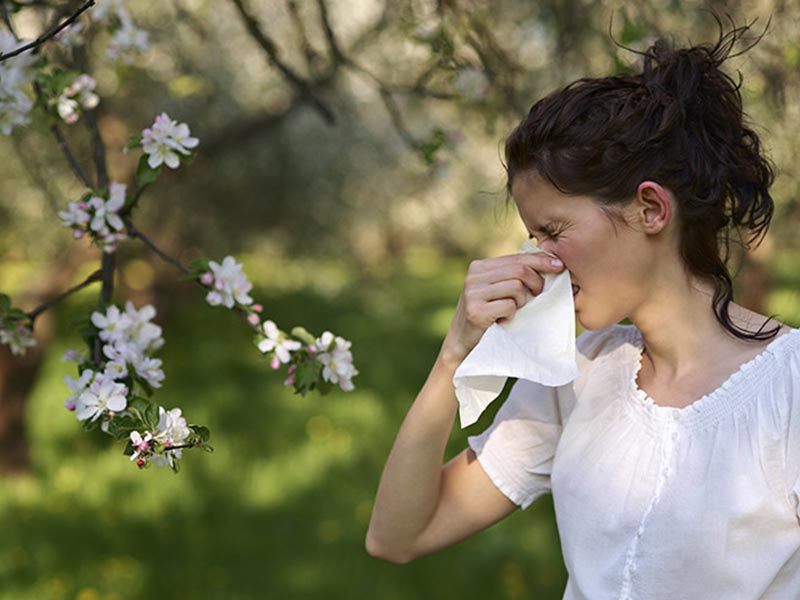The transition from winter to spring also brings an increase in seasonal allergies. But it’s not just an increase in pollen and other outdoor allergies you should worry about. Your home also plays host to a variety of indoor allergens, including pet dander, mold, and dust.
The best and most efficient way of filtering out allergens is through your home’s HVAC system. The following offers plenty of ways you can use your HVAC system to fight springtime allergies.
Use HVAC Circulation to Your Advantage
At some point or another, the air you breathe indoors circulates through your HVAC system. More importantly, that air is pulled through the air filter located within the HVAC unit. There are plenty of opportunities for your HVAC system to circulate and clean your indoor air, but only when the HVAC fan is actively working.
You can benefit from your HVAC system’s circulation capabilities simply by leaving the fan on. Letting the fan continuously run gives your air filter more opportunities to filter your indoor air, resulting in fewer allergies and a healthier indoor environment. Keeping your fan on also eases wear and tear due to fewer stops and starts but at the cost of increased energy consumption.
For the best results, you should combine HVAC air circulation with effective ventilation that brings a steady flow of fresh air to your home.
Step Up to a Better Air Filter
Take a close look at your HVAC system’s air filter. There’s a good chance your system still uses the same type of air filter it came from the factory with. Despite these air filters being more than capable of filtering out dust and debris, they may not be as effective at capturing allergens and airborne bacteria.
If you want to fight allergens effectively and improve your home’s indoor air quality, you’ll need to step up to a better air filter. If your HVAC system still uses a standard fiberglass air filter, upgrading to an air filter with pleated paper or polyester filtration media can help reduce allergies and improve your home’s air.
If you’re already using a pleated air filter, consider switching to one that offers a higher MERV rating than your current air filter. Upgrading from a MERV 8 to a MERV 11 air filter effectively reduces the prevalence of pollen, dust, and other allergens found in your indoor air.
Intall Whole-House Air Filtration
When dealing with heavy dust or allergen buildup, even the best HVAC air filter may not be enough to provide a healthy indoor environment. This is where a whole-house air filtration system comes into play. Whole-house air filtration systems provide a deeper level of air filtration than the average air filter.
Most whole-house air filtration systems feature high-performance filters that capture a larger amount of allergens than ordinary air filters. A typical air filtration system equipped with a HEPA filter can capture upwards to 99.97 percent of common airborne pollutants, including viruses and other airborne particles as small as 0.3 microns in diameter.
Unlike portable air filters, whole-house air filtration systems are designed to incorporate within your HVAC system. This allows the air filtration system to purify your entire home.
Don’t Forget About Regular Maintenance
Regular maintenance is the key to keeping your HVAC system in great shape. A poorly-maintained HVAC system can hide dust, debris, and other potential allergens, allowing them to spread throughout your entire home. Your HVAC system also runs more efficiently when it’s tuned properly.
Your HVAC system should undergo professional maintenance on an annual basis. You should also call your HVAC technician whenever there’s a problem with your HVAC system.
For more ways on how you can use your HVAC system to fight allergies this season, get in touch with our professionals at Krauss & Crane Air Conditioning, Inc.



